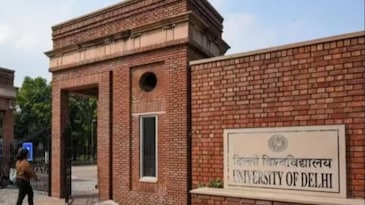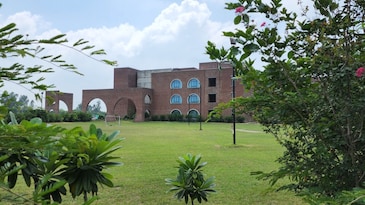National Institute of Technology Silchar (NIT Silchar or NITS) holds a significant position among the 31 NITs of India. Its roots can be traced back to 1967 when it was established as a Regional Engineering College in the charming city of Silchar. Recognizing its potential and contribution to technological education, the institution was granted the status of National Institute of Technology in 2002. Subsequently, it was declared an Institute of National Importance under the esteemed National Institutes of Technology Act, 2007.
The establishment of the Regional Engineering College in Silchar was a collaborative effort between the Government of India and the State Government of Assam. This joint venture aimed to address the country's growing demand for skilled manpower in the field of technology. These colleges, known as RECs, operated under the shared administration of the central government and the Assam state government.
In due course, the college gained autonomy in financial and administrative matters, marking an important milestone in its journey. In 2002, the institution's progress was recognized, and it was granted Deemed University status, leading to its transformation into the National Institute of Technology, Silchar. The year 2007 brought another momentous change as the Indian government, through the NIT Bill, bestowed upon the National Institutes of Technology the prestigious status of Institutes of National Importance.
Situated along the Silchar-Hailakandi road, approximately twelve kilometers away from the city of Silchar in Assam, the NIT Silchar campus occupies a serene location at coordinates 24.75°N, 92.79°E. This picturesque setting provides an ideal environment for learning and growth.
The governance structure of NIT Silchar adheres to the constitution of the National Institutes of Technology Act 2007. As per this act, the President of India assumes the role of the Visitor to the institute. The board of governors and the Senate serve as the authorities governing the institute. The chairperson, appointed by the Visitor, leads the board, while the day-to-day operations are overseen by the director, also appointed by the Visitor. The board of governors comprises representatives from the Central Government, the State Government, the NIT Council, and the Institute Senate. It is worth noting that NIT Silchar acts as the Mentor Institute for NIT Nagaland.
NIT Silchar boasts a range of departments catering to various branches of engineering and non-engineering disciplines. The engineering departments include Civil Engineering, Computer Science and Engineering, Electronics and Communication Engineering, Electronics and Instrumentation Engineering, Electrical Engineering, and Mechanical Engineering. Additionally, the institute houses non-engineering departments such as Chemistry, Humanities and Social Sciences, Management Studies, Mathematics, History, and Physics.
Academically, NIT Silchar offers undergraduate and graduate programs in Engineering, Science, and Humanities across its 11 departments. The B.Tech. program alone admits over 632 students annually, as of 2015. Furthermore, the institute provides postgraduate programs in Engineering, Science, and Management, showcasing its commitment to comprehensive education. In addition to its academic pursuits, NIT Silchar is home to a Kendriya Vidyalaya school that offers education up to Class XII. Notably, the Kendriya Vidyalaya has recently acquired its own dedicated campus within the institute. Moreover, the institute runs its own primary school, conveniently located near the computer science building, to cater to the children of its faculty and staff.
With its rich history, commitment to excellence, and diverse academic offerings, NIT Silchar stands as a premier institution fostering technological education and nurturing future leaders in India.


























